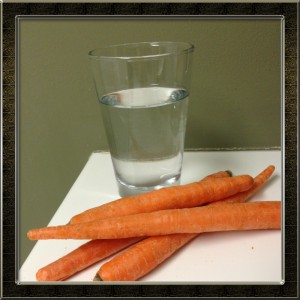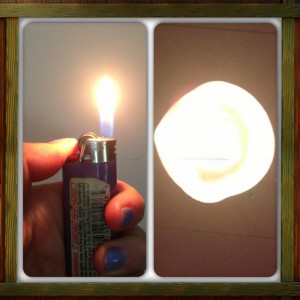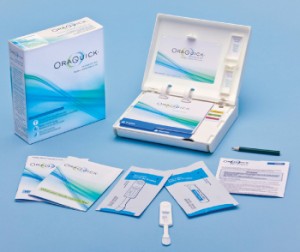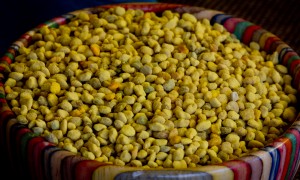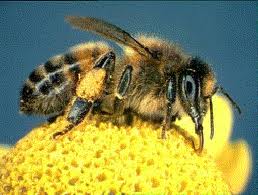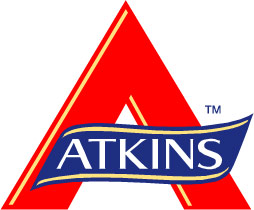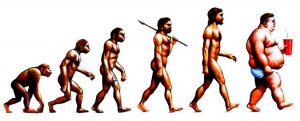We all know that there are foods we eat than can stain our teeth, like drinking coffee, red wine, tea, and eating blackberries, beets, or blueberries. But there are some foods that stain your teeth that may shock you AND some that you can eat that will help to promote teeth whitening. So, no need to go to the dentist every couple of years and pay $500 for teeth whitening. Eat your way to white teeth!
What foods can cause staining?
Other than the ones I just referred to above, there are some real shockers. You think that you are safe from staining your teeth by drinking white wine? Apparently the tannins and acids that are present in white wine, actually scratch your teeth and promote staining by other foods. Sodas (dark) tend to stain teeth due to the color of the beverage, but also light sodas can stain the teeth due to the acidity of the beverage, as well as sports drinks (think: Gatorade). Isn’t that a total bummer? You think that drinking light-colored things wouldn’t necessarily be awesome for your teeth (most of those items do have high sugar content) but you wouldn’t think that they would either stain your teeth or pave the way for staining! Apparently whatever would stain a white cotton T-shirt, would also stain your teeth.
What foods can I eat to make my teeth pearly white?
Apples! Apples, while yes they do have some acidity to them, are also really crunchy and full of fiber which can help scrub the teeth. Actually most hard and crunchy fruits and vegetables will also help to scrub teeth clean and make them glisten: raw cauliflower, celery, green beans, carrots, pears, and jicama (to name a few) are not only low in calories, and high in fiber and yumminess, they also clean your teeth! So next time you see veggies out as finger food, grab them and start chomping for some last-minute whitening!
Some cheeses and other dairy products (think milk and yogurt) contain enzymes that help to strengthen teeth and prevent decay, so it helps to keep your enamel looking nice and white!
Strawberries can help to polish teeth and make them appear whiter and shinier, due to an enzyme called malic acid that is present in them.
Water helps to wash away anything that may be caught on your teeth that could cause staining if left there. And if you have no water and no toothbrush, what are you to do? Chew on sugar-free gum! While dentists don’t normally love it, it also helps to clan your teeth by grabbing some of the stain causing items off of your teeth, plus it helps to promote more saliva in your mouth. Saliva can help to neutralize acids, thus prevent tooth decay and staining.
Is there anything else I can do?
Brush your teeth three times a day! I am totally the nerd at work with a toothbrush and floss in a little pack that I keep in my desk to brush my teeth after lunch, and I’m really OK with it because I don’t have little brown nubs in my mouth (that was a little too far!) But avoid smoking, tobacco stains are some of the worst to get out of your teeth and it’s just really a bad habit anyway (think about ways to quit). And finally, when you are drinking tea or coffee or anything that might stain those beautiful chompers, drink through a straw, so at least you don’t stain your smilers (they are what everyone sees first!)
So brush those teeth, eat raw crunchy fruits and veg, and when you do need your caffeine fix? Use a straw (just make sure that your beverage is a good drinking temperature or risk burning your mouth!) and keep those teeth happy and white!
Yours in Good Health
B

